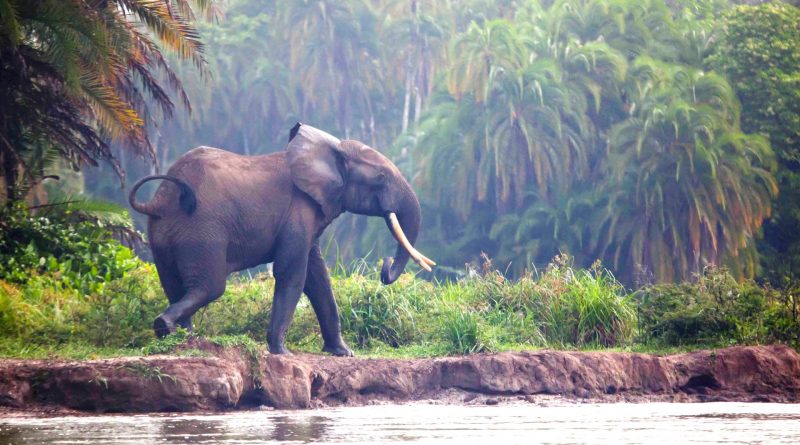Congo Rainforest
Congo Rainforest
The Congo rainforest is an equatorial forest located in Central Africa. This forest, which mainly coincides with the Congo basin, extends over six countries: Gabon, Equatorial Guinea, Cameroon, Central African Republic, Republic of Congo and Democratic Republic of Congo (DRC). Its area is over 200 million hectares and, within it, there are about 10,000 species of tropical plants of which 30% are unique in the region. In the Rainforest of the Congo live many animals now endangered; we remember: the forest elephant, chimpanzee, bonobo and gorilla of plain and mountain. This forest, with its neighboring areas, is home to about 60 million people who derive sustenance from it. The most numerous ethnic groups are those of the Pygmies (Aka, Baka, Bambuti, Efe). The Congo Rainforest is of great importance for maintaining the climate. It is estimated to maintain between 10 and 20% of the planet’s carbon. According to the WWF classification, the Congolese forest is composed of the following ecoregions:
• coastal forests of Cross-Sanaga-Bioko – (AT0107);
• Atlantic equatorial coastal forests – (AT0102);
• lowland forests of the north-western basin of the Congo – (AT0126);
• marsh forests of the western Congo basin (AT0129);
• marsh forests of the eastern Congo basin – (AT0110)
• lowland forests of the northeastern Congo basin – (AT0124);
• lowland forests of the central basin of the Congo – (AT0104);
• mountain forests of the Albertine fault – (AT0101).
These ecoregions are characterized by the highest biodiversity on the planet. In fact, in the Congo Rainforest, there are some thousands of animal species, including over 400 species of mammals, 1,000 species of birds and about 700 species of fish. But also the vegetation shows a very high biodiversity; in fact there are more than 10,000 species of tropical plants and 600 species of trees. Many plant and animal species are endemic to the region and, unfortunately, many species are threatened by extinction. The different eco regions then present different states of conservation; some still substantially intact and others decidedly in an advanced state of decay. Those that maintain a higher state of conservation are the most internal ones, where the human settlement is also less; but infrastructure and road and rail construction programs can seriously undermine these areas. These include the marsh forests of the western Congo basin, the marsh forests of the eastern Congo basin and the lowland forests of the central basin of the Congo.
Many of these areas are now potentially at risk, where especially the establishment of an intensive agriculture and trade in meat and timber and related infrastructure, are likely to crack delicate balance. These areas include the coastal forests of the Congo, the lowland forests of the north-western basin of the Congo, the area of the lowland forests of the north-eastern Congo basin and the area at the eastern end of the Congo forest, consisting of region of the mountain forests of the Albertine fault. The dynamics of degradation, extinction and risk of loss of these great ecological (and therefore also economic) assets are always the same. Poor political planning, with great instability in many areas, which determines poor control of the territory and its exploitation. In the end, not only Africans pay but all of us. Waiting for a true policy, we wait for the man not to condemn himself to his stupidity.
Guido Bissanti

